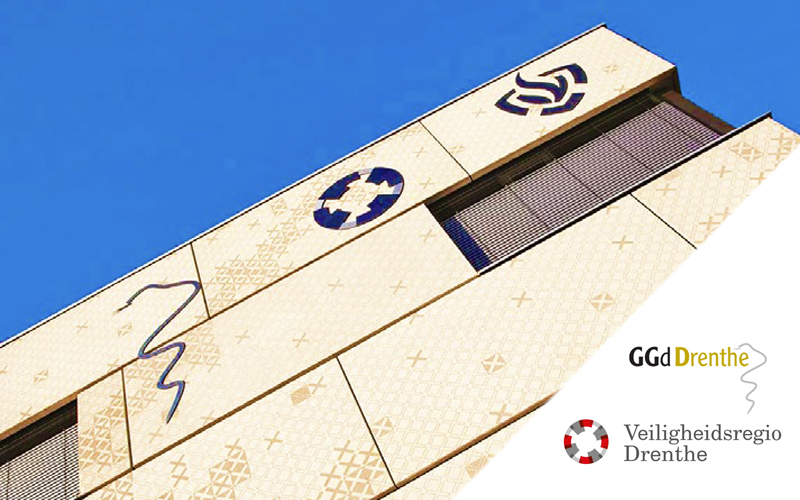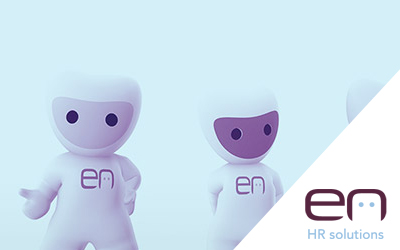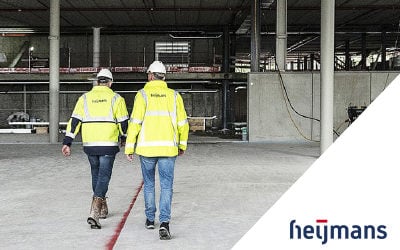5 min read
Medux is building a modern data foundation for better and more affordable care
 TimeXtender
December 5, 2022
TimeXtender
December 5, 2022

Medux employees work day in day out to make care products and services affordable and accessible in order to improve people's quality of life. With this in mind each of the different Medux organizations, namely Atlas Kidtech, HartingBank, Medipoint, MHG and Orthototaal, works closely with care organizations, healthcare professionals, health insurers, hospitals, municipalities and manufacturers of healthcare resources.
Data Driven working
Just as in the case of many other companies, the coronavirus pandemic has accelerated the digital transformation in the healthcare sector. More than ever before people are realizing that data can create new insights. As Rob van Vliet, BI Product Owner at Medux, explains, "People's awareness of the importance of acting on the basis of facts, rather than on gut feelings, has grown significantly in recent years. At Medux data-driven working was still not treated as a priority and in that respect we probably were no different to other semi-governmental organizations. Happily we are starting to realize that insights provided by data can have huge added value, provided the data in question is reliable and universally means the same thing - namely 'a version of the truth'."
Considerable potential for improvement, little budget
The existing Medux data landscape was fragmented. As Rob van Vliet continues, "We had two SQL data warehouses in which we were partially able to access the two most important source applications. By using Qlik we were able to create various reports, with the business logic in the reports themselves. The only problem was that the business logic was different in different places. In other words the term revenue had different meanings in different reports. We couldn't combine data sources and sometimes direct queries were made on production systems and that had all kinds of consequences for outage. I've heard stories of 700 operational staff sitting around idly because an enthusiastic BI employee was working on a query in the production environment." Felix Motzheim, Business Intelligence Manager at Medux, adds, "There was sufficient potential for improvement and I had been working for some time on convincing others of the need for a central data warehouse. The stumbling block was always budget issues. One specific request from the business to streamline and accelerate the financial revenue reconciliation between different source systems provided the breakthrough in terms of starting to build a new, modern, data foundation."
RFP for a comprehensive solution
To start with Medux issued an RFP to the parties it was already collaborating with in the field of data. As Rob van Vliet explains, "Two questions in de RFP were key. On the one hand we wanted a comprehensive solution for a central data warehouse and our dashboards and, on the other hand, we wanted the process for the financial revenue reconciliation to be put into place directly. Of all the different parties the Bitmetric solution appeared to be the most suitable for our needs. Their proposal to construct an Azure SQL data warehouse with TimeXtender, combined with Qlik Sense for analysis, visualization and reporting was technically very strong. They also offered a solution which goes beyond software licences and implementation. With project management, training programs and as a sparring partner they wanted to take our organization on a journey to data literacy.”
"Besides the necessary software licences and implementation, Bitmetric is taking us on a journey to data literacy via project management, training programs and as a sparring partner."
Rob van Vliet, BI Product Owner at Medux
Barry Harmsen from Bitmetric is keen to explain why TimeXtender was chosen. "At an organization such as Medux, with a variety of brands, an omnichannel model with various channels, plus different systems, you're soon faced with huge quantities of data you want to integrate. In order to create a single, integrated data foundation you either need a huge team with a massive number of skills in the field of data engineering, or a smart tool like TimeXtender, which automates the processes for preparing, centralising and documenting data in a single environment and only requires a minimum of technical knowledge or discipline."
The construction of a new foundation
Medux started from scratch with the reconstruction of a data landscape in which all data sources can be accessed. As Rob van Vliet explains, "While the existing situation with management information for the business stayed operational, we started constructing a new, modern foundation based on a development and acceptance environment. We are doing this very consistently and transparently to create a scalable and transferable environment. TimeXtender helps my team do this in a structured way, from data lineage, automatic documentation and the anonymising of data to security. This is important because a proper structure and foundation is a prerequisite for moving in the near future to predictive, or even prescriptive, analytics. We now have a solid basis to which we are still regularly adding new data sources.
New insights, for now …
The creation of the central data warehouse gave rise to new insights. As Rob van Vliet continues, "To give just one example, we at Medux had no insight into the orders which form the basis of a certain payment. Consequently we also had no insight into the VAT percentage we had to pay. We always paid the high rate of VAT. By accessing and combining data we now have clarity regarding how much high rate VAT and low rate VAT we have to pay and we can make significant savings as a result. Another example is that as soon as we're able to combine maintenance data with order data we can see which combinations of healthcare resources, for example a certain battery for a certain wheelchair, work well or actually cause lots of problems. In this way you can combine customized healthcare resources much more efficiently and that reduces costs and increases satisfaction. The realization that data can lead to these types of insights accelerates the process of focusing more on data."
.. and the future
The next stop on Medux's data journey is the 'predictive analytics' stop. In the words of Rob van Vliet, "This means, for example, proactively predicting when maintenance is needed. At the moment we wait for clients to report things. But in the event of, for example, an electric wheelchair it is by then, to be honest, already too late because it'll result in someone's mobility being seriously limited. Predictive analytics enables us to predict when maintenance is needed on the basis of data. We're also using this approach to look at ways in which we can help do something about healthcare workload. One of the things we're currently looking at is the use of a chip in a mattress which registers whether someone is, or is not, turning over. To prevent bedsores nurses occasionally have to turn people over and that takes time. If you can use a chip to register whether someone has already turned over in his or her sleep, you can avoid unnecessary work. These are important innovations which are helping to improve the level of care and which are largely dependent on data and how this data can be used to keep care accessible and affordable in the future as well. Our new data foundation will enable us to make a significant contribution to this goal."
This is only the beginning
Looking back Medux is very satisfied with the chosen solution and the steps it has taken to date. Rob van Vliet concludes, "In effect we've only just begun. In the future data will be at the heart of the healthcare system and it is therefore important to have a robust and flexible data foundation. With their iterative approach, their vision of the future of data and their knowledge of software solutions like TimeXtender and Qlik, Bitmetric is the best partner to support us in this area today and in the future."
About Bitmetric
Data & Analytics is what we do, it is our expertise. Our mission is to enable you to use data to take better decisions. We want to achieve this with user-friendly technologies and designs which make complex issues simple and accessible. We combine a proven approach, namely the Bitmetric Blueprint, with ingenuity and a sharp focus on the context of your business. This ensures that we can provide solutions which are not only robust and easy to maintain, but also link up seamlessly with your environment. With Bitmetric you will get maximum return on your investment in data.




